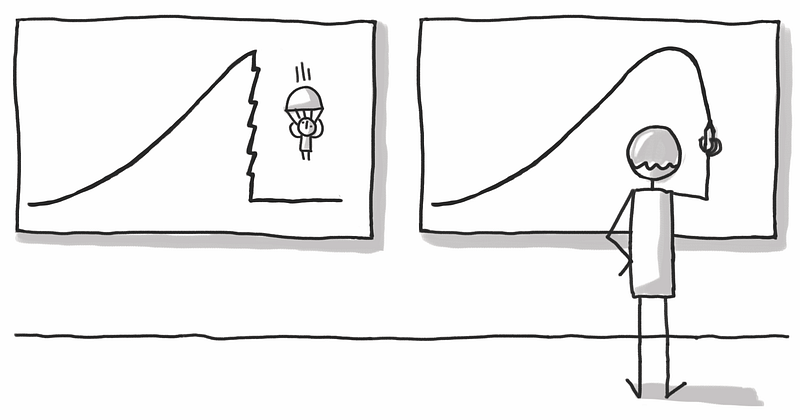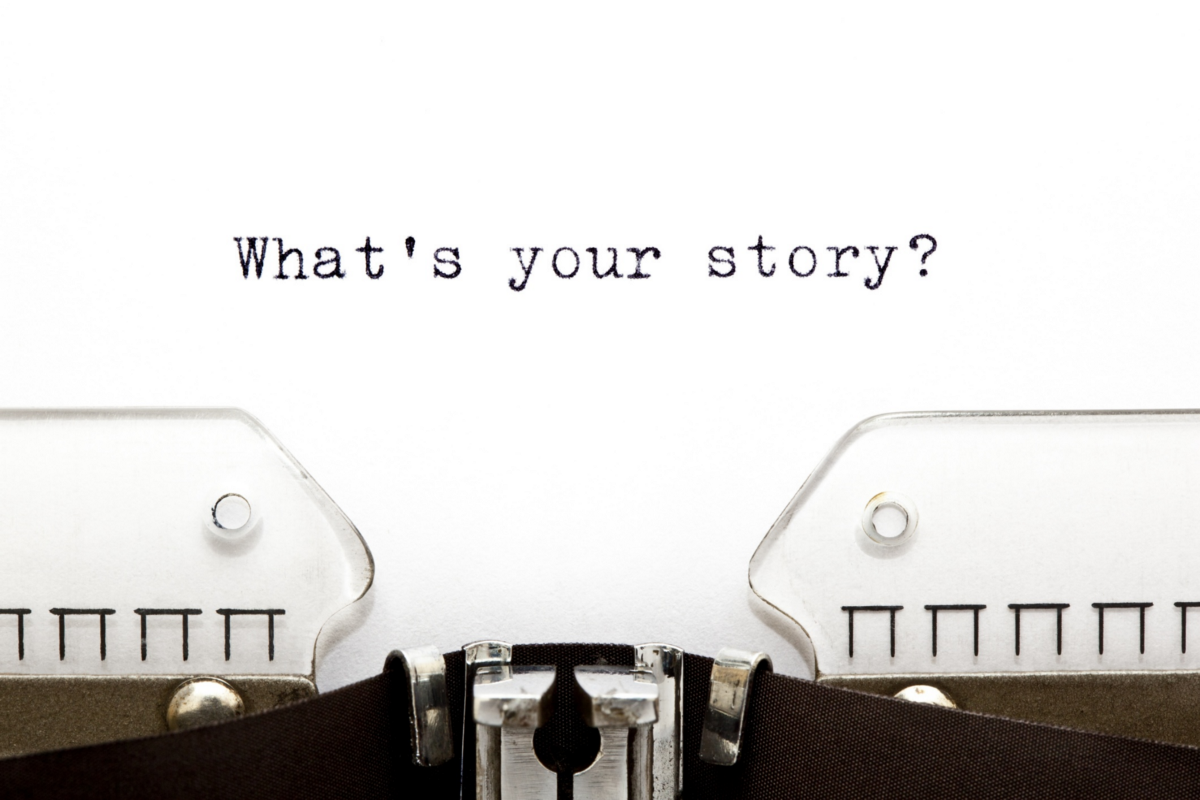If you want to learn how to deliver winning presentations, then one of the best resources out there is Nancy Duarte’s book Resonate. One of the ideas outlined by Duarte is that a successful presenter persuades the audience to believe in a new idea. To achieve this goal, the presenter should deliver a compelling story, which paints the ordinary world of today and contrasts it with the special world of the future. Furthermore, she should call the audience to embark on the adventure, handle their immediate objections to this invitation, and establish the presenter as the mentor throughout the journey.
Delivering an engaging presentation at its core is no different than shipping a winning product. In both cases, you need a good storyteller to persuade the audience to believe in the new idea by comparing, side by side, the current status quo with the special world of the future that the idea unlocks. If you take into account the leap required to transfer from the world of today to the world of the future, you understand how good the story has to be.
Product managers are people that communicate through great stories, since they are responsible to traverse the users throughout the product journey. Therefore, storytelling is an important tool to have in your belt as a product person.
The product manager is the product storyteller.
Product storytellers ask questions, find answers, and figure out how to instil an idea or vision into a product story. They develop the plot, identify the users, and shape the product around the specific values it should offer to the audience. Moreover, they think about the big picture, while they can also go deep and analytical, because the product’s true value lies in every interaction with the users.
At its core, a good story has a hero. A lot of product people often forget who the hero of their story should be. Often we see decisions about features taken solely based on revenues, metrics, investors’ opinions, competitor moves, etc, thereby neglecting the basic rule of storytelling.
The hero of your story should be the user.
Inspiration for product storytellers can be taken from some of the greatest storytellers out there, people that create stories for kids just like Pixar and Disney do. In fact, the development of storyboarding is attributed to Walt Disney, who pioneered this technique at his Animation Studios in the 1930s.
When Airbnb started storyboarding its customer experience, people realised they were missing a big part of the picture, the offline experience. As a result of this, they created the Neighbourhood Guides to provide context on what different neighbourhoods are like, so someone can decide whether one is right or wrong for him.
According to Marc Abraham, there are five key steps to cover in your storyboarding exercise:
- Identify the problem.
- Establish the characters.
- Write out the moments.
- Overlay moments with emotions, actions, thoughts.
- Sketch out each scene of the end to end story.

UX Designer Donna Lichaw suggests a methodology with pretty similar steps that each startup should cover in its storyboarding exercise:
- User problem.
- Trigger/Call to action.
- Flow.
- Obstacles to success.
- Problem solved.
- Value delivered.
- Flow finished.
- Goal met.
Regardless of the exact steps your storyboarding experience will entail, just like all stories, every storyboard should have a beginning (problem and user), middle (solving the problem) and end (providing value), the flow that the user traverses throughout the product journey.
Moreover, compelling product stories tend to follow similar guidelines:
Story Cohesion & the Feature Fallacy

Cohesion and simplicity in a product story are all about the number of different moments you have. Airbnb’s Nathan Blecharczyk states:
We started with a list of many, many moments, grouped like ones together and refined them down into a concise set. If you have too many moments on your storyboard, it’s worthless.
You add feature X because a user asked for it. You add feature Y because your competitor has it. Sound familiar? Although these can be signals, they do not necessarily mean that a feature/moment could be part of your story.
Great products are the ones that have a handful of core features, which allow users to get to their end goals quicker. Thus, the best products resonate deeply with their audiences, as they make lives easier for people. Product managers often fall into the feature fallacy and introduce features without a solid understanding of their audience, just because someone asked for it or because it is easy to implement. Such teams are often called feature factories. Hence, one of the greatest abilities of Product Managers is the ability to reject unnecessary features and the ability to say ‘no’.
As Matt Krueger, a Microsoft and Lumosity alum, argues:
If you try to please everyone as a product manager, you will crash and burn.
Story Changes & Killing Features
Your product story might change over time, and this is normal. Twitter once was a service that allowed people to find and subscribe to podcasts (Odeo) and Instagram was a combination of gaming and photo app (Burbn). Imagine a company that decides to change its strategy and ventures upmarket to satisfy a different audience. Product stories often change.
But, here comes the tricky part! When a story changes, so do its moments. You cannot have a different story, by preserving all existing moments. Product Managers often need to take the bold decision to kill features, when these stop being part of the story. It does not matter if there is a user that is still using this feature. You ‘d better lose a few customers, than lose the coherence of the new story you are trying to craft.
Share with people
A product storyteller should be positioned in the company to help break down the walls between all groups, facilitate the development of a single story, foster collaboration between groups, and ensure that every interaction a consumer has with a product or brand maps back to that story.
As Matt Krueger claims:
The whole team needs to be on the same page with where we’re trying to go, how we can get there, and how we’ll know when we’ve arrived.
Without a solid understanding of the product story, the team risks becoming task-focused, losing sight of the big picture, and deflating any sense of empowerment or excitement. When this happens, users experience a disconnected product and message and, consequently, they do not have a clear perception of its value.
User Value
The product story ends with the value the users are getting from using the product. Thereby, products are, inherently, value-delivery vehicles. Greylock’s Jerry Chen in his deck on Unit of Value, outlined the extent to which all founders and Product Managers need to understand their own product’s Unit of Value if they want to market and scale it effectively. Your unit of value determines how you price, scale and sell your product to your users.